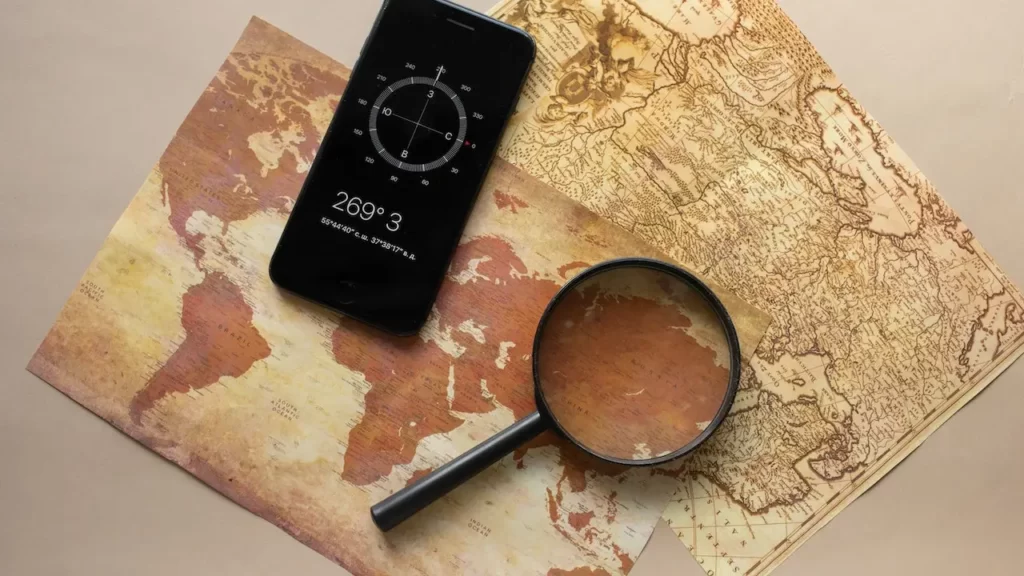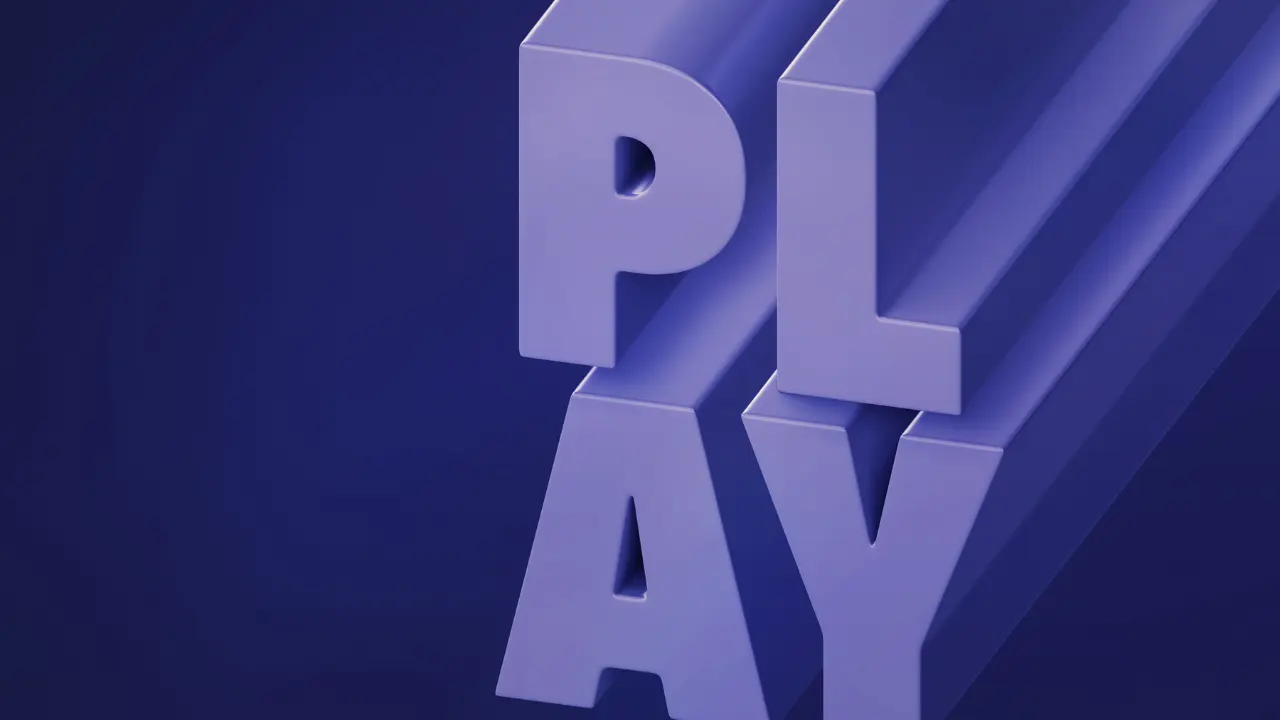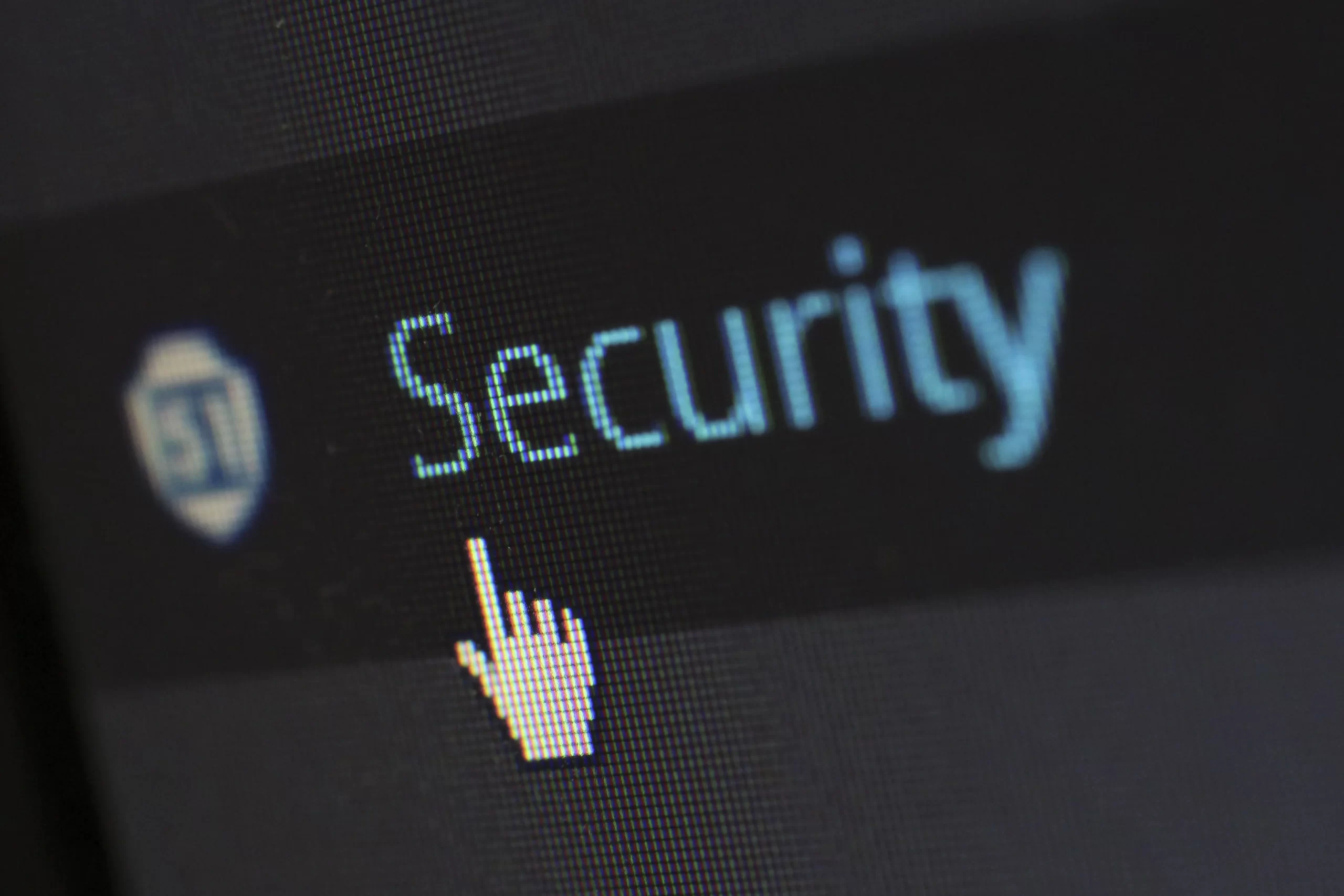Hello, aspiring brand builders! If you’re looking to craft a symbol that encapsulates the essence of your brand, you’re in the right place. The heart of many brands lies in a simple yet powerful element: the logo. Let’s uncover the steps to create a logo that not only looks good but also resonates with your audience.
Understanding the Power of a Logo
Before we dive in, it’s crucial to grasp the importance of a logo. It’s not just a decorative element. A logo is a visual representation of your brand’s identity, values, and promise to your customers. Think of iconic logos like Apple, Nike, or McDonald’s – each tells a story without a word.
Know Your Brand Inside Out
Brand Essence: What’s the core spirit of your brand? Are you quirky, professional, relaxed, or luxurious? Your logo should reflect this.
Target Audience: Who are you trying to reach? A logo appealing to teenagers might look very different from one targeting corporate professionals.
Unique Selling Proposition (USP): What sets you apart? Whether it’s innovation, tradition, or affordability, your logo can hint at your brand’s USP.
Simplicity is Key
While it might be tempting to design a complex, intricate logo, remember: that the best logos are often simple and easy to recognize. They need to be versatile, scalable (looking good on a business card as well as a billboard), and easy to reproduce across various mediums.
Color Psychology
Colors aren’t just for aesthetics; they convey emotions and feelings:
- Red: Passion, energy, urgency
- Blue: Trust, calmness, professionalism
- Green: Growth, organic, nature
- Yellow: Happiness, optimism, warmth
Choose colors that align with your brand’s personality and the emotions you wish to evoke.
Typography Matters
If your logo includes text (like a brand name), the choice of font is crucial. A playful brand might opt for a whimsical script, while a law firm might select a more formal, serif font. Ensure it’s legible, scalable, and unique.
Symbolism and Iconography
Some logos use symbols or icons alongside or instead of text. If you choose to do so, ensure the symbol is relevant and doesn’t confuse your audience. For instance, a tree might symbolize growth, nature, or stability.
Test and Get Feedback
Before finalizing, show your logo to a diverse group – friends, potential customers, or even strangers. Gather feedback on their initial impressions and feelings. This can provide valuable insights and potential areas of improvement.
Adaptability is Crucial
Your logo should look good in black and white as well as color. It should be recognizable even when resized. Think about how it will look on different platforms – websites, social media, merchandise, and more.
Professional Help Can be Worthwhile
If you’re unsure about designing a logo yourself or if you want a truly professional touch, consider hiring a graphic designer or a design agency. They bring expertise, experience, and an external perspective that can be invaluable.
Evolve, But Stay True to Your Roots
Over time, your brand might evolve, and so might your logo. That’s okay! What’s crucial is that any changes remain true to your brand’s core identity and values. Subtle refinements often work better than complete overhauls.
Conclusion
Designing a logo is a blend of art and strategy. It’s about capturing your brand’s essence in a visual form that resonates with your audience. While the process can be challenging, remember: that a powerful logo can stand the test of time and become synonymous with the brand it represents. So, take your time, follow these steps, and watch your brand come alive.
Happy designing!




